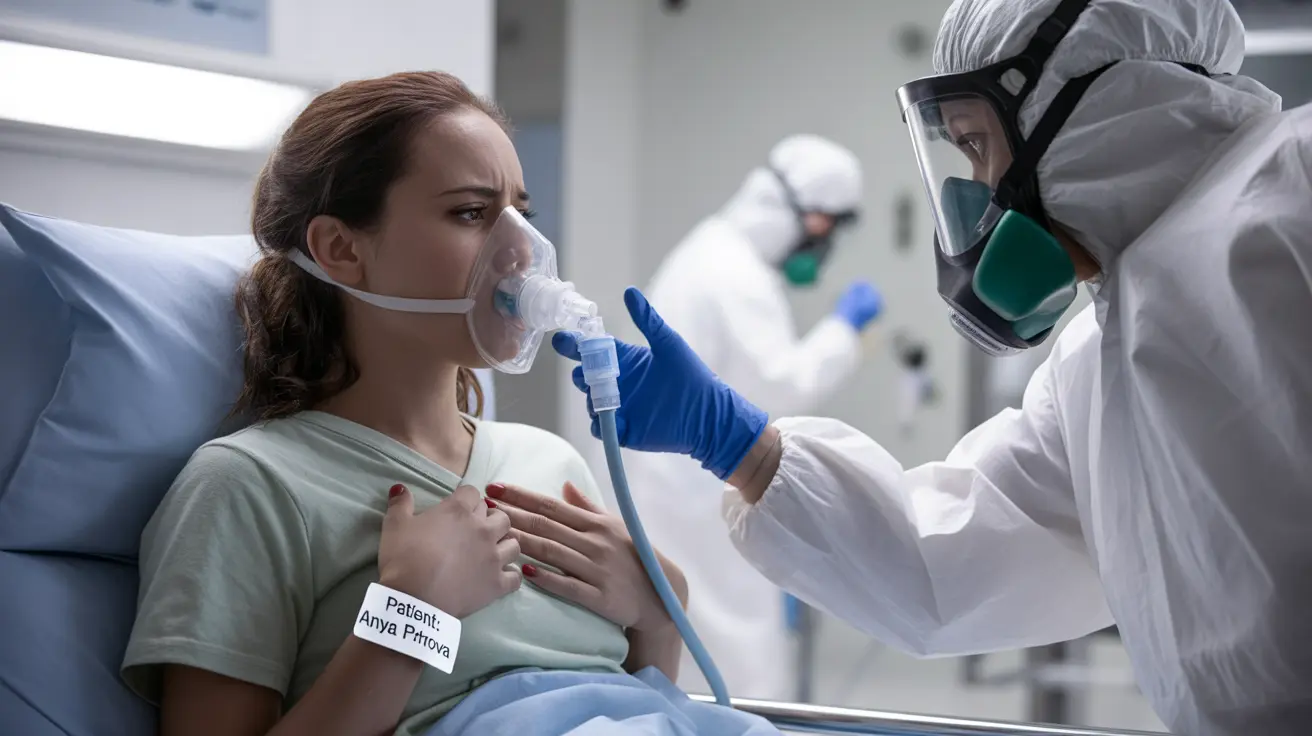Formaldehyde poisoning occurs when a person is exposed to dangerous levels of formaldehyde, a colorless chemical compound commonly used in manufacturing, preservation, and various industrial processes. Understanding the risks, symptoms, and proper response to formaldehyde exposure is crucial for both workplace safety and public health.
Whether through inhalation, skin contact, or accidental ingestion, formaldehyde exposure can lead to serious health complications. This comprehensive guide will explore the signs of poisoning, immediate response measures, treatment options, and essential prevention strategies.
Understanding Formaldehyde Exposure Routes
Formaldehyde can enter the body through three main pathways:
- Inhalation of formaldehyde vapors
- Direct skin contact with formaldehyde-containing solutions
- Accidental ingestion of formaldehyde-contaminated materials
Immediate Signs and Symptoms
Formaldehyde poisoning can manifest differently depending on the exposure route and concentration. Common immediate symptoms include:
Inhalation Symptoms
- Burning sensation in eyes, nose, and throat
- Severe coughing
- Wheezing and difficulty breathing
- Nausea and dizziness
Skin Contact Symptoms
- Redness and irritation
- Chemical burns
- Allergic reactions
- Severe skin inflammation
Ingestion Symptoms
- Severe abdominal pain
- Vomiting and diarrhea
- Possible loss of consciousness
- Internal burns
Emergency Response and Treatment
While there is no specific antidote for formaldehyde poisoning, prompt medical attention and supportive care are essential. Treatment typically focuses on:
Immediate Actions
- Removing the person from the exposure source
- Contaminated clothing removal
- Thorough washing of affected areas
- Fresh air access
Medical Interventions
Healthcare providers may implement various treatments including:
- Oxygen therapy
- Intravenous fluids
- Medication for symptom management
- Burn treatment if necessary
- Respiratory support when required
Long-term Health Risks
Extended exposure to formaldehyde has been linked to serious health concerns, including:
- Chronic respiratory problems
- Increased cancer risk, particularly nasopharyngeal cancer
- Persistent skin sensitivity
- Memory and concentration issues
Prevention Strategies in Industrial Settings
Preventing formaldehyde exposure requires comprehensive safety measures:
Engineering Controls
- Proper ventilation systems
- Enclosed processing systems
- Regular air quality monitoring
- Appropriate storage facilities
Personal Protection
- Use of appropriate PPE
- Regular safety training
- Emergency response protocols
- Proper handling procedures
Frequently Asked Questions
What are the common symptoms of formaldehyde poisoning from inhalation, ingestion, or skin contact?
Common symptoms include burning sensations in eyes and throat, severe coughing, skin irritation, chemical burns, nausea, dizziness, and abdominal pain. The severity depends on exposure type and concentration.
How is formaldehyde poisoning treated since there is no specific antidote?
Treatment focuses on supportive care, including removal from exposure, decontamination, oxygen therapy, IV fluids, and medication for symptom management. The specific approach depends on the exposure route and severity.
What should I do immediately if I or someone else is exposed to formaldehyde?
Immediately remove the person from the exposure source, remove contaminated clothing, wash affected areas thoroughly with water, and seek fresh air. Contact emergency medical services immediately.
Can long-term exposure to formaldehyde increase my risk of cancer?
Yes, studies have shown that prolonged formaldehyde exposure can increase cancer risk, particularly nasopharyngeal cancer and possibly leukemia. Regular exposure should be minimized and monitored.
How can I prevent formaldehyde poisoning in workplace or industrial settings?
Prevention involves implementing proper ventilation systems, using appropriate personal protective equipment, following safety protocols, conducting regular air quality monitoring, and ensuring adequate training for all workers handling formaldehyde.




